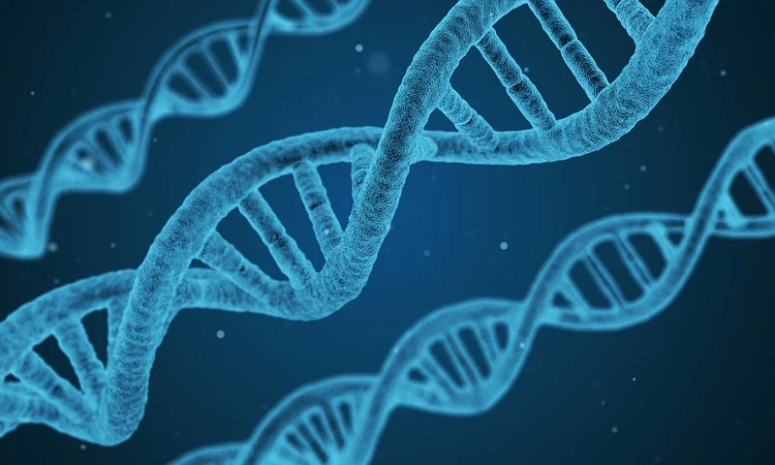
The practical process of accommodating or observing the sequences of amino acids that are either a part of peptide or protein refers to protein sequencing. You can use this system to identify or characterize a protein’s post-translational modification or alterations. The process of protein sequencing generally refers to the protein’s primary structure through which every other sub-steps emerge. If you are not familiar with what the sequence holds, know that a protein’s primary structure consists of several polypeptide chains that develop proteins.
One of the primary purposes of protein sequencing is determining and dividing such chains by enzymatic or chemical digestion. Further, through such a process, you can choose the composition and content of amino acid residue. Such sequencing primarily relies on the mentioned methods to detect and divide peptides in simpler terms. Read on to find out more about the steps and principles of protein sequencing.
Steps and Principles
1. Cleavage of Polypeptide Chains
All the protein molecules that comprise several polypeptide chains should be resolved by the researcher working on it first. It is essential to know that noncovalent chains link together to form multiple polypeptide chains, known as oligomeric proteins like enolase dimer and hemoglobin tetramer. You can treat these with 6 mol / L or 8 mol / L urea guanidine hydrochloride.
2. Determine Polypeptide Chains Found in Protein Molecules
You can determine several polypeptide chains by the process of measuring relationships between a protein’s molecular weight and the terminal amino acid residues’ moles.
3. Disulfide Bond
Scientists, biologists, and researchers working on protein sequencing know when to cross-link chains or disulfide bonds. In such a system, you can cross-link several polypeptide chains and treat them with an excess of beta-mercaptoethanol along with the availability of 6 mol / L or 8 mol / L urea guanidine hydrochloride. Such a process occurs to cut-short disulfide bonds to mercapto. Furthermore, while you are deep into the step, you need to protect the thiol group with alkylating agents’ help. This helps in preventing agents from getting reoxidized.
4. Determine Each Polypeptide Chain
Under this step, determine every amino acid composition’s polypeptide chain and then calculate every amino acid component’s molecular ratio.
5. Analyzing the Peptide Chain’s C-terminal and N-terminal.
There are a couple of classes when it comes to the chained end groups of peptides. One is amino-terminal, while the other is carboxyl-terminal. When you are operating on the sequence analysis of peptide chains, one of the most important factors to consider is N-terminal amino acid analysis. The C-terminal analysis comprises enzymatic degradation, hydrazinolysis, and lithium borohydride methods, while N-terminal analysis consists of the Edman method, Sanger method, enzymatic degradation, and DNS-Cl).
6. The Chains Break into Several Peptides
A couple of fracture methods are responsible for breaking apart the peptide samples into two or more peptide fragment sets.
7. Determining every peptide’s amino acid sequence and order
While operating on protein sequencing and polypeptide chains, the amino acid sequences get interspersed with amino acid sequences’ overlapping intervention. Such a process takes place with two or more peptide sets.
8. Determine the disulfide bond’s position amid complex polypeptide chains
Usually, researchers utilize pepsin for treating peptide chains without taking off the disulfide bonds. Post that, you can separate two-dimensional electrophoresis that can sequence and analyze several other peptide groups, comprising plenty of disulfide bonds ahead of the treatments with concentrated formic acid. As a result, bio-researchers studied and analyzed all the peptide comparisons available within the system to determine every disulfide bond’s position.
N-terminal Sequencing
When it comes to a protein’s N-terminal sequencing, you can classify it into a couple of significant categories: mass spectrometry and non-mass spectrometry. However, traditional non-mass spectrometry consists of a classical method that revolves around the Edman degradation, which further takes advantage of a PCR-based transcription-RT to acquire corresponding proteins’ cDNA. And when you are done with that, it is time to obtain protein sequence by the reverse counting process. Under such a step, mass spectrometry plays an essential part in the characterization of proteins and an accurate mass determination. Keeping these in mind, several instrumentations and methods have been produced and developed for uses.
The system applications comprise protein identification and post-translational modifications, their functional and subunits interactions, protein complexes’ elucidation, and protein’s global measurement that come under proteomics. Each of these has its constraints and strengths.
The Bottom Line
Generally, you can utilize pepsin to deal with polypeptide chains that fall under disulfide bonds. And, then you can incorporate 2D-electrophoresis technology to separate several forms of peptide fragments. However, when it comes to protein sequencing, there are many steps and principles that you check above. As a result, you can analyze the sequence and composition of peptide fragments that might consist of disulfide bonds.


